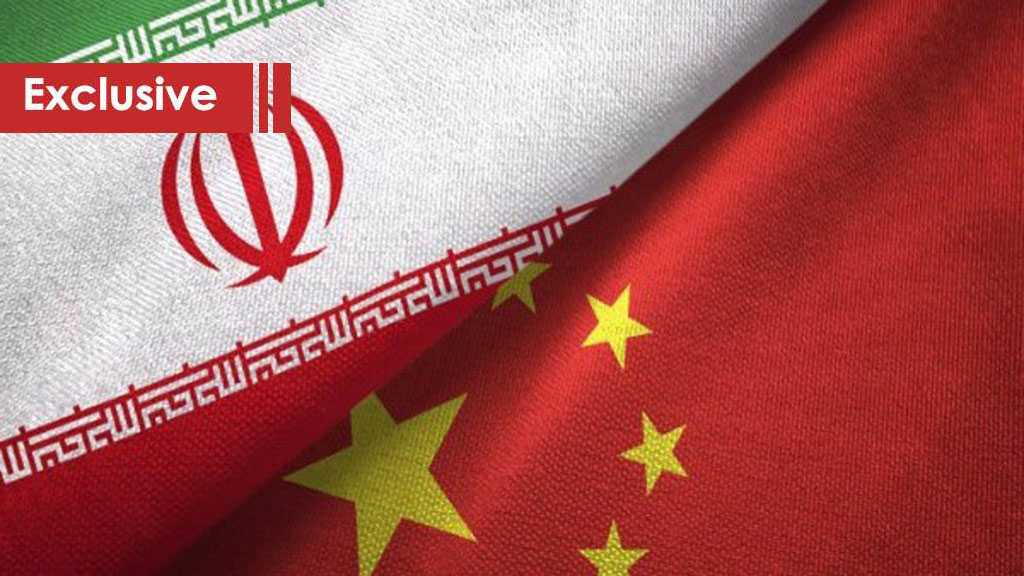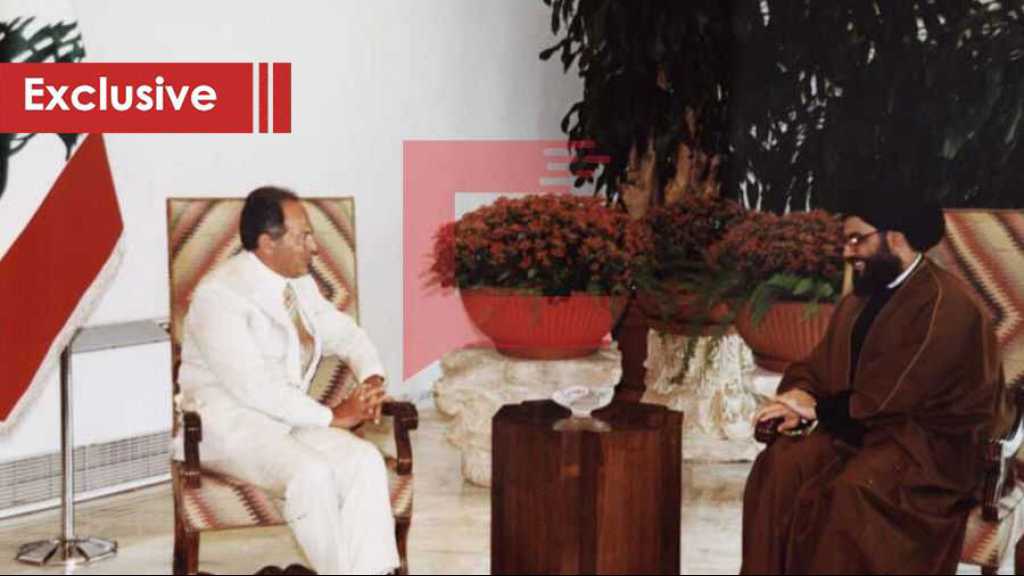Iran & China: A Strategic Partnership in a Shifting World Order

By Mohamad Hammoud
From Silk Road to Strategic Alliance
The relationship between Iran and China has deepened significantly in recent years, evolving into a strategic partnership shaped by shared geopolitical interests, economic interdependence, and mutual resistance to Western dominance. While Iran has long maintained ties with Russia, China's rising global influence, technological capabilities, and dependable economic engagement make it an increasingly attractive partner for Tehran.
Historical Foundations and Geopolitical Context
Iran and China’s relationship traces back to the ancient Silk Road, a trade route that enabled centuries of cultural and commercial exchange. This historical backdrop has fostered mutual respect and enduring cooperation. In today’s shifting global landscape, where the influence of the West faces mounting challenges, both nations see tangible benefits in solidifying their alliance.
For Iran, this partnership signals a deliberate pivot from the West toward Eastern powers. Facing persistent US sanctions and regional threats—particularly from “Israel”—Iran views China as an "all-weather" partner, offering economic resilience and diplomatic support, even as Beijing remains cautious on military commitments.
China, for its part, sees strategic value in Iran’s geographic position—linking the Persian Gulf, Central Asia, and South Asia. This makes Iran a key component of Beijing’s Belt and Road Initiative [BRI], which aims to connect continents through infrastructure and trade. Iran also grants China access to markets and ports otherwise restricted by US influence, allowing it to challenge Western dominance in global logistics.
Economic Interdependence: Mutual Benefit Amid Sanctions
Economic cooperation underpins the Iran–China alliance. China is Iran’s largest trading partner, and Iran provides China with a steady supply of oil and gas. This relationship is crucial for both: Tehran gains reliable export revenue despite Western sanctions, while Beijing secures discounted energy and reduces reliance on more volatile suppliers.
The 2021 comprehensive cooperation agreement included Chinese investments in Iran’s energy, transport, and telecommunications sectors. These are not merely symbolic; they are reshaping Iran’s infrastructure—modernizing ports, expanding railway networks, and strengthening digital connectivity. As Chinese companies deepen their presence, Iranian markets are increasingly integrated into China's broader development and trade networks.
In addition, both countries are actively reducing their dependence on the US dollar. By trading in local currencies and developing alternative financial systems, they are constructing a parallel economic framework that insulates them from Western pressure. This alignment ensures China long-term access to Iranian crude, while offering Iran a crucial financial and trade partner.
Military and Security Cooperation: Expanding Defense Ties
Defense cooperation has emerged as a key dimension of the partnership. Since the 1980s, China has contributed to Iran’s missile and naval development, supplying dual-use technologies and technical expertise. As Iran seeks to diversify away from Russian weaponry, particularly amid delays in promised deliveries, Chinese systems are drawing greater interest.
Today, the military-technical relationship extends beyond historical collaboration. China is now a critical source of drone components, missile materials, and electronic systems. Chinese parts found in Iranian-made Shahed drones—used by Russia in Ukraine—demonstrate practical, ongoing cooperation.
China’s involvement also touches Iran’s ballistic missile infrastructure. US intelligence has linked Chinese suppliers to chemical precursors like ammonium perchlorate, vital for solid-fuel missile production. These indirect forms of support have enabled Iran to expand its arsenal despite sanctions.
Iran’s dissatisfaction with Moscow—particularly over the undelivered S-400 air defense system—has pushed Tehran to reassess its reliance on Russian arms. In response, China’s HQ-9 and HQ-22 air defense systems, considered effective alternatives to Russian platforms, are reportedly under evaluation.
Joint military exercises underscore this growing alignment. Annual trilateral naval drills in the Gulf of Oman, conducted with Russia, showcase shared strategic interests in securing vital maritime routes. These operations signal coordination and project regional influence.
For China, the benefits go beyond arms sales or joint drills. Iran offers geopolitical leverage—a regional foothold that strengthens China’s position in the Middle East and amplifies its influence across a region central to global energy and trade flows.
Conclusion: A Pivotal Partnership for a New Era
The Iran–China relationship is a multifaceted alliance grounded in shared interests and long-term goals. While Iran’s ties with Russia remain relevant, China’s steady economic engagement and expanding military cooperation have made it Tehran’s most dependable partner. As both countries navigate an evolving world order, their alliance is poised to shape the balance of power in the Middle East and beyond—challenging Western hegemony and advancing a more multipolar global system. With expanding cooperation across finance, defense and infrastructure, this strategic alignment is likely to grow deeper in the coming decade, further redefining power dynamics in Eurasia and beyond.




